Taking your dog for a walk in the woods or a swim in the lake may seem harmless, but diseases may be lurking. Wildlife that crosses your favorite hiking trail or enters your backyard can leave behind traces of bacteria and disease, like leptospirosis. Learn how your pets and your human family members can become infected with “lepto” and how you can protect your loved ones from this disease.
What is leptospirosis?
Leptospirosis is a bacterial infection caused by the bacteria Leptospira, which is spread through the urine of infected animals and can survive for long periods once it enters water or soil. Leptospirosis is a zoonotic disease, meaning it can be transmitted from pets to people. The disease is seen worldwide, but is more common in warmer climates with heavy rainfall.
How are pets infected with leptospirosis?
Leptospirosis is spread mostly by wildlife, such as deer, rodents, opossum, and raccoons, that carry the bacteria and urinate in areas where your pet walks and plays. Animals most commonly become infected by direct contact with the urine of an infected animal or tainted soil, or when they drink from a contaminated water source. Animals can be exposed in areas accessible to infected wildlife, such as rural areas, bodies of water like rivers, streams, or lakes, or possibly your own property. On rare occasions, through breeding, infected mothers can pass leptospirosis onto their offspring.
Once an animal is infected, the bacteria multiply in the bloodstream and travel to other body tissues. The kidneys and liver, which are responsible for cleansing the bloodstream, are at the greatest risk for damage.
What are the signs of leptospirosis in pets?
Leptospirosis signs vary depending on the pet and infection severity. Some pets may not show signs of infection. Cats rarely become infected, and known cases have been mild. Dogs are most commonly infected, and the following signs may appear 2 to 12 days after exposure:
- Fever
- Vomiting
- Diarrhea
- Loss of appetite
- Lethargy
- Stiffness
- Muscle pain
- Increased thirst and urination
- Jaundice (yellowing of the skin)
Leptospirosis can cause liver and kidney damage, lung disease, and bleeding disorders.
What is the treatment for a pet with leptospirosis?
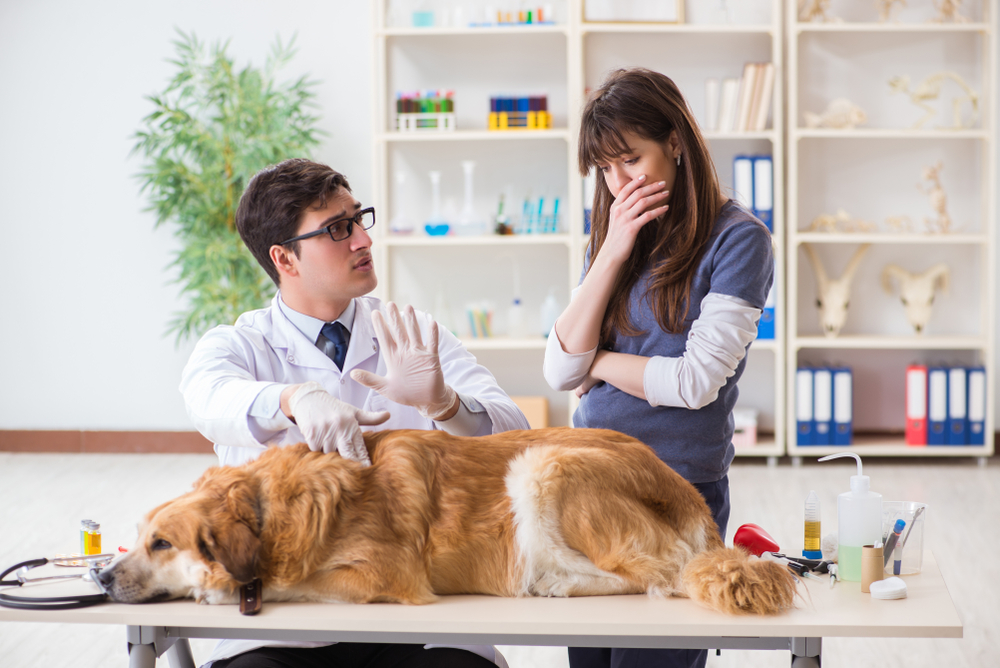
Antibiotics can help cure the infection and reduce the residual effects if the disease is caught early. Two courses of antibiotics may be administered to fully eradicate the bacteria. The first course is given to clear the acute, serious infection, and the second is to clear the underlying bacteria still in the pet’s system. Hospitalization and other therapies may be required for pets in critical condition.
If your pet is diagnosed with a mild case of leptospirosis, your veterinarian may allow her to recover at home. In this case, taking precautions to protect yourself against this contagious disease is vital. Avoiding any contact with your pet’s urine is most important. If your pet urinates in the house, put on a face mask and gloves and disinfect the area immediately. Dispose of any soiled bedding. When your dog goes outside to urinate, encourage her to urinate away from standing water and other pets. Wash your hands thoroughly after any interaction with your pet.
How can I protect my pet from leptospirosis?
When you walk your dog, be aware of where she is walking, sniffing, and drinking. If you or your pet do step in urine, or a puddle that could contain urine, wash it off as soon as possible. Dogs can be vaccinated against leptospirosis, so ask your veterinarian if the vaccine would be appropriate for your pet.
If you suspect your pet has leptospirosis, contact our hospital. Our veterinary care team is here to help.




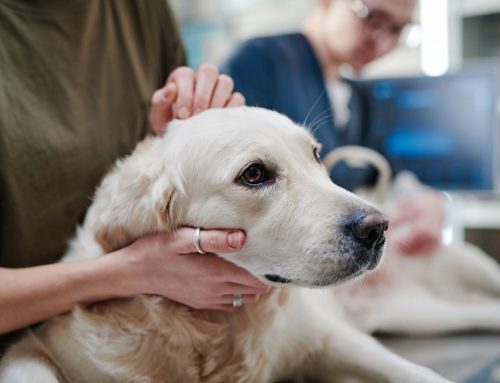
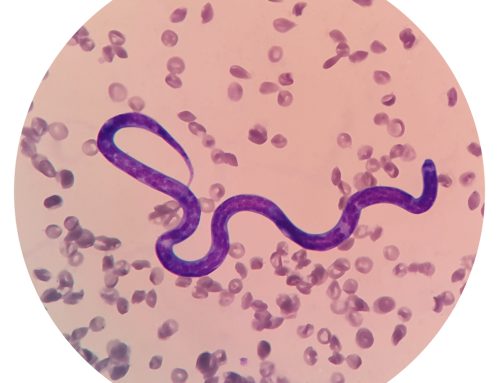
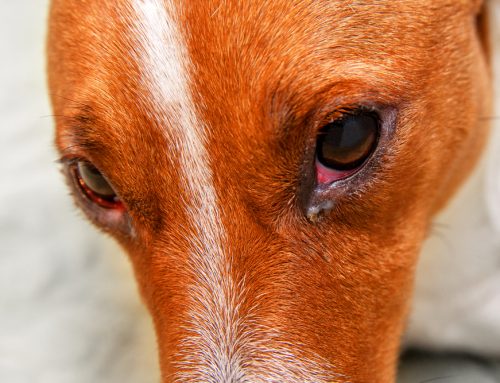
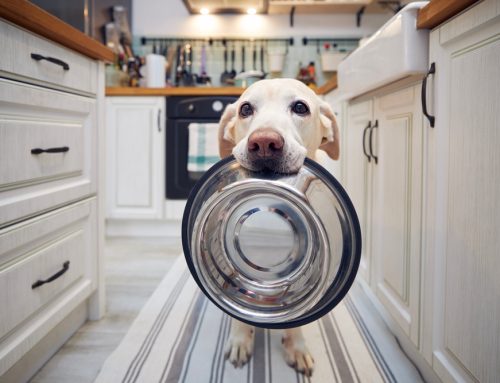

Leave A Comment